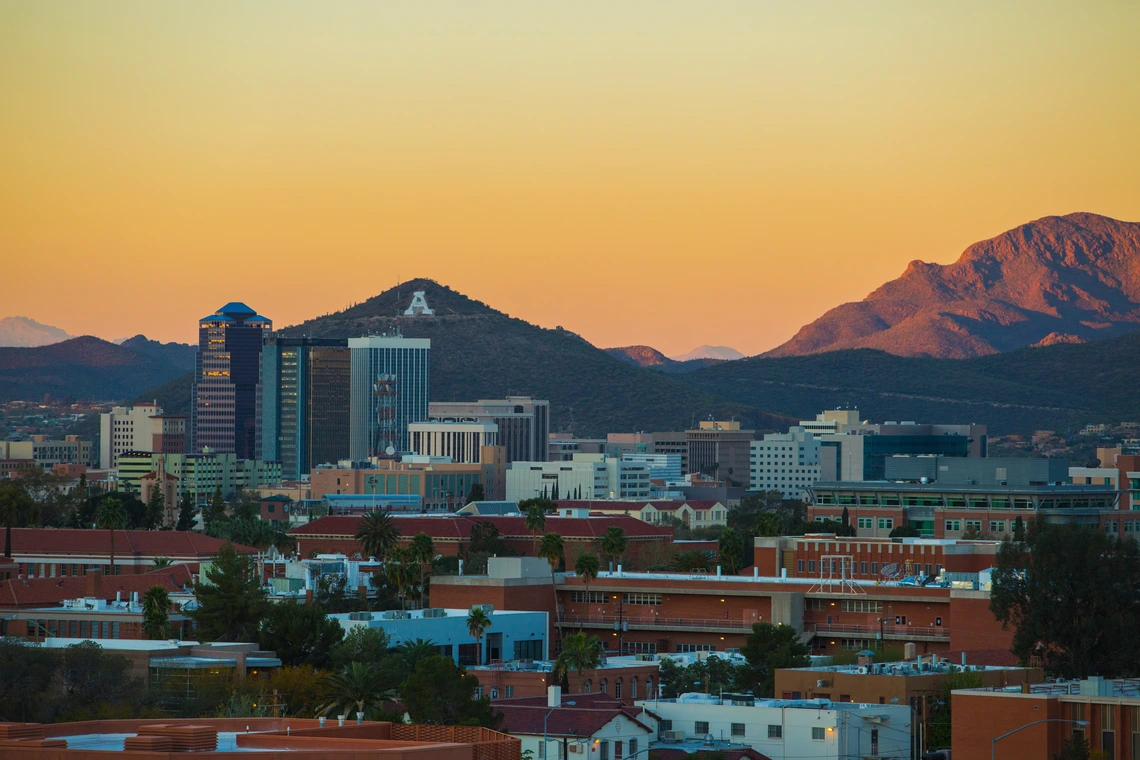Led by Jonathon Keats and Robert Villa, this walking tour of downtown Tucson will reveal life after the Anthropocene.

When
The golden spike of the Anthropocene has not yet been struck. Geologists are currently searching the planet for optimal placement of this official marker. Candidate indicators range from the accumulation of fertilizer in Northern Hemisphere lakebeds to radioactive fallout from the atomic bomb to deposits of microplastics in the Great Barrier Reef.
But the unasked question of our age is whether the Anthropocene is inevitable. Instead of searching for the Anthropocene, can we rediscover the Holocene? The unspoken plea of the Anthropocene is to prevent this new geological epoch, instead of becoming the cause of it. The concept will succeed if it's self-defeating, and the Anthropocene turns out to be nothing more than an unfortunate episode within a Greater Holocene that encompasses it.
On this expedition, the public will be invited to rediscover the Holocene in Tucson. Community explorers will search downtown for signs of life after the Anthropocene. The two-and-a-half-hour expedition will be guided by Jonathon Keats and Robert Villa.
Following a brief introduction to the Upper Holocene in downtown Tucson, explorers will take to the streets and collect evidence of environmental remediation and renaturalization of urban settings while also learning about the biodiversity of the city and ways in which the urban wilderness might be better cared for in the future.
Materials collected on the expedition will be catalogued and exhibited together with photographic documentation of the tour.
This expedition is organized in partnership with Art and Visual Culture Education Professor Carissa DiCindio, and presented in collaboration with the University of Arizona College of Fine Arts and the Desert Laboratory on Tumamoc Hill. Funding is provided by the Technology Research Initiative Fund/Water, Environmental, and Energy Solutions Initiative.
